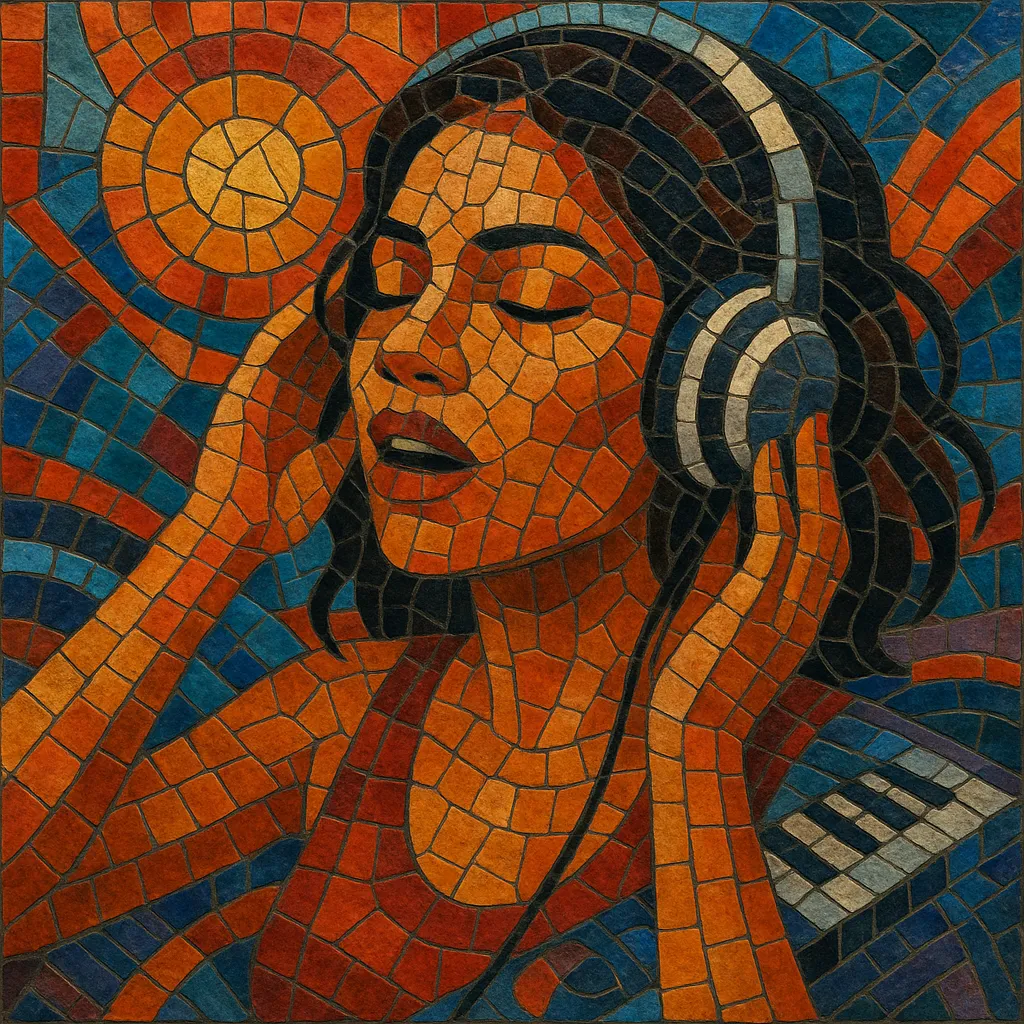
Latin freestyle (often shortened to "freestyle") is an electronic dance-pop style that emerged in Latino and Puerto Rican communities in New York City and Miami in the early-to-mid 1980s.
It blends the drum-machine drive and syncopation of electro and post-disco with glossy synth-pop hooks, boogie basslines, and emotive, R&B-influenced vocals, typically sung in English but rooted in Latin American urban culture.
Signature production traits include TR-808/909 percussion, staccato claps, dramatic tom fills, bright FM/analog synth leads, and edit-heavy breakdowns popularized by radio mixmasters. The songs often pair upbeat club tempos with bittersweet, romantic lyrics about longing, heartache, and devotion.
Freestyle became a distinct club and radio phenomenon by the late 1980s, generating crossover pop hits and a tight-knit scene of labels, DJs, and vocalists before waning in the early 1990s, later sustaining itself through dedicated old-school nights and nostalgia revivals.
Freestyle coalesced in Latino neighborhoods of New York City (the Bronx, Spanish Harlem) and in Miami’s club circuit. Early innovators fused electro’s 808-driven grooves and post-disco’s dancefloor sensibility with Latin percussion accents and pop-forward synth hooks. Radio mix shows (WKTU, Hot 97) and editors such as the Latin Rascals helped crystallize the sound through rapid-cut tape edits and dramatic breakdowns. Shannon’s 1983 hit “Let the Music Play” is commonly cited as a pioneering template, signaling a new, glossy club-pop hybrid with an emotional vocal core.
By 1986–1990, dedicated labels (Micmac, Cutting Records, Fever) and artists (Lisa Lisa & Cult Jam, Exposé, TKA, Stevie B) brought freestyle onto national charts. The style’s hallmarks—melancholic romance over energetic beats, sharp handclaps, tom rolls, and fluorescent synths—became staples of clubs and urban radio. In Miami, producers such as Pretty Tony emphasized a harder electro-funk edge, while New York recordings leaned toward boogie/synth-pop gloss; both approaches remained unmistakably freestyle.
As new jack swing, house, and hip hop rose, freestyle’s chart presence diminished. Some artists pivoted toward pop or contemporary R&B, while others remained cult favorites within regional scenes. The advent of Eurodance also changed club tastes, and freestyle’s signature sound gradually receded from mainstream radio.
Freestyle endures through old-school events, specialty radio, and continued touring by legacy artists. Its DNA—808 percussion, bittersweet romantic themes, and synth-forward hooks—echoes in contemporary dance-pop and electro-leaning R&B. Producers periodically revive its palette (bright leads, stutter edits, tom fills) in retro-inspired tracks, keeping the genre’s emotive club sensibility alive.

